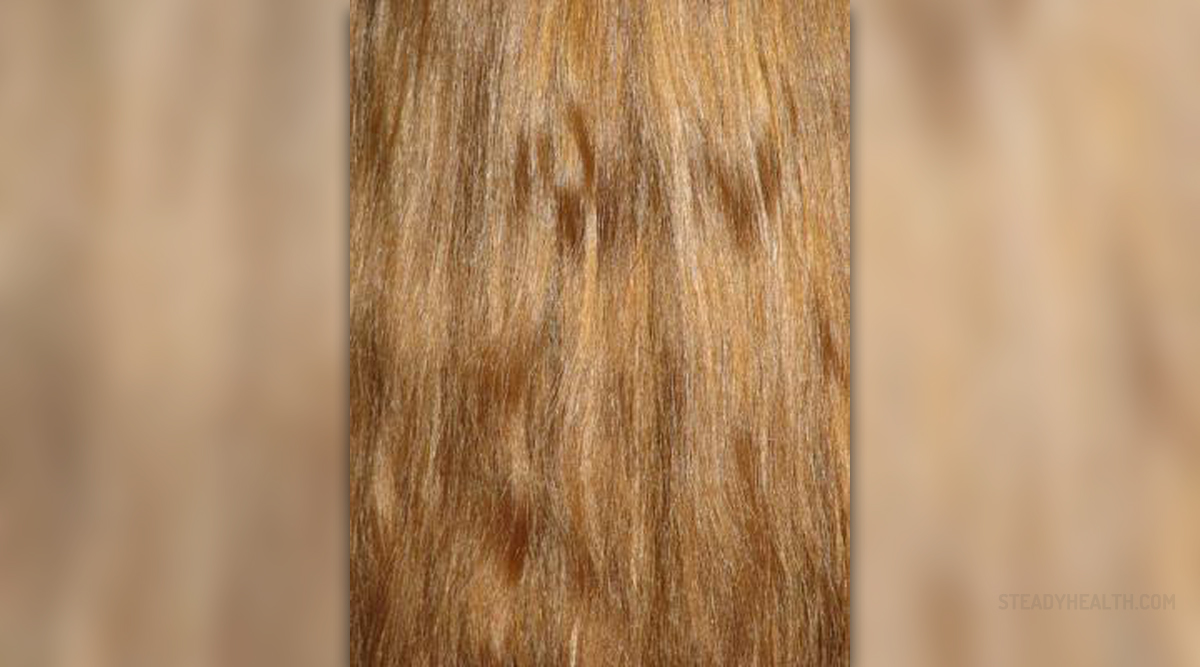
Introduction to Hair Loss
People who have to deal with progressive hair loss are devastated and in a chronic search for treatments that will help them restore the lost hair. Alopecia areata is a general threat to both men and women. The condition can be genetic or develop due to hormonal changes in the body. In case of total loss of body hair the condition is medically known as alopecia universalis. Fortunately, nowadays many treatments are available for people suffering from hair loss. However, not all of them are effective in each and every individual and the response to the same treatment is quite different. This generally depends on the underlying cause of hair loss.
Hair Regrowth Treatment
All hair regrowth treatments can be classified into natural treatments and medical treatments. Topical corticosteroids are medications commonly prescribed in initial stage of hair loss. In some cases an individual may be prescribed an oral corticosteroid. However, since these medications have many side effects they are not supposed to be used for a longer period of time and are strictly forbidden for use by pregnant women and people suffering from certain illnesses such as high blood pressure, diabetes or high cholesterol.
Apart from corticosteroids male pattern baldness can be treated by two more medications approved by U.S. Food and Drug Administration (FDA): minoxidil and finastide. Minoxidil was originally used to treat elevated blood pressure. At certain point side effects of minoxidil such as hair growth and reversing baldness have been discovered. The medication is effective in male-pattern hair loss in both the frontal areas as well as the vertex area of the scalp. Finasteride was first approved for the treatment of benign prostatic hyperplasia and due to its hair regrowth effect it is now recommended for the treatment of male pattern baldness.
In case medicamentous treatment does not provide with desirable effects a person is recommended hair transplantation or hair replacement surgery. Hair transplantation includes using small grafts of naturally-occurring units of one to four hairs (follicular units). These hair-producing follicles are moved to balding areas and they help in restoration of patient's scalp. Such follicles are surgically implanted in the scalp in very close proximity to one another. Grafts used for this purpose are obtained via two primary methods of surgical extractions:Follicular Unit TransplantationFollicular Unit Extraction.Dissected individual follicular unit grafts are implanted into small incisions (recipients sites) in the recipient area of the scalp. Many people suffering from hair loss opt for hair transplant. During the very procedure the unaffected (healthy) part of the skin is taken from the back or side of the head, hair follicles are extracted and they are removed to the bald area. The procedure is not effective in all people and the best results are achieved in men who are older than 25, have thick hair type and loose scalp. This particular procedure is not recommended for women.




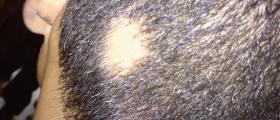




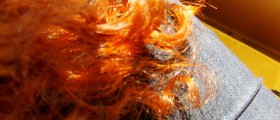

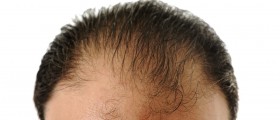


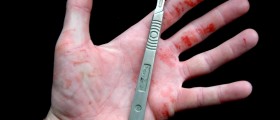


Your thoughts on this
Loading...